Breathing Exercises for Stress, Lungs, and Training

Shamlee Pathare
November 9, 2021

Shamlee Pathare
November 9, 2021
In the pursuit of being happy and well off, we have somehow left ourselves in a vicious circle. So many issues, including stress, long hours at work, and lack of sleep have overpowered our sense of calm. We are all EXHAUSTED and WORKED UP.
Thankfully, there are a plethora of ways with which we can regain mindfulness. Here, we will talk about some of the best breathing exercises to help you cope with stress, anxiety, and many more concerns while increasing your lung capacity.
Have you noticed how your breathing patterns when you are relaxed? Breathing exercises, when done right, can help your mind and body in many ways. Right from keeping your blood pressure in check to relieving stress, there is so much healing power in your breathing ins and outs.
So, are you ready to practice some age-old breathing techniques? Let us help you get rid of the side-effects of today’s quick-fix lifestyle with a list of the 11 best breathing exercises.
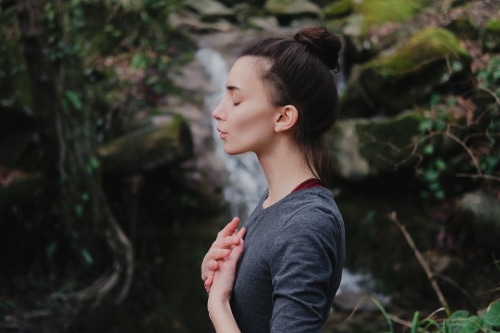
Diaphragmatic or belly breathing is a breathing technique that involves your diaphragm and helps you use it correctly. Make sure to practice it when you are in a rested position. In the beginning, you may feel exhausted. However, with practice, you would be able to control your breath easily and more naturally.
Duration/Frequency: Do it for 5 minutes to 10 minutes, three to four times every day.
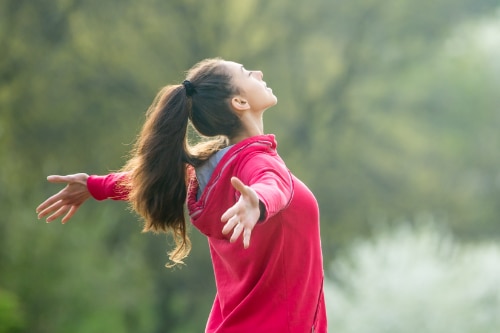
Hands in and out breathing is an easy breathing technique that can help you increase your lung capacity. It also helps in dealing with many lifestyle diseases, such as diabetes, hypertension, back pain, digestive issues, and heart diseases.
Duration/Frequency: Practice hands-in-and-out-breathing asana ten times (rounds).
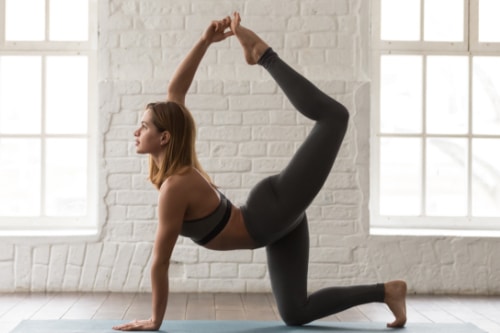
Tiger breathing exercise is a type of breathing exercise that resembles the way tigers breathe. It helps to strengthen your arm muscles, thighs, and knees, improving your digestive health, burning fat around your waist, hip, and thighs, and toning your spine, among others.
Duration/Frequency: Repeat 5 times
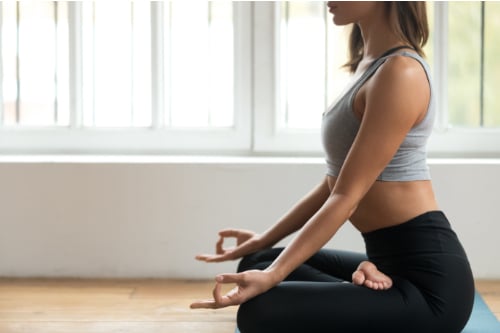
Ujjayi breathing exercise is one of the most common forms of breath-control yoga or pranayama. It focuses on your breath to calm your mind down. It also helps in overriding distracting thoughts. And, as it is a breathing exercise, it also improves your lung capacity.
As you breathe in and breath out, do the following steps:
Duration/Frequency: 12 cycles regularly
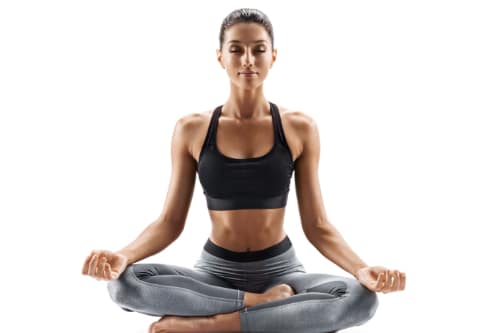
Moorcha in Sanskrit means fainting. Practicing this yogic breathing technique creates dizziness in the head, and you tend to feel lightheaded as if there is no sense left in you. This yogasana improves mental energy and brings in a sense of calm and euphoria.
Duration/Frequency: Practice it a couple of times during the day’s early hours
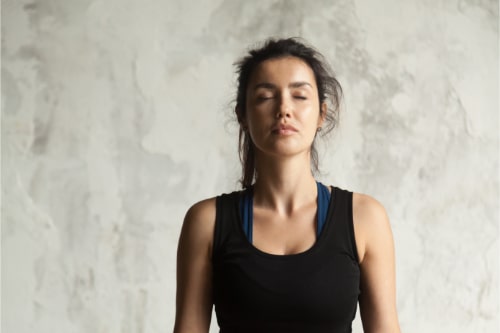
Shitali pranayama or cooling breath pranayama is a yoga technique that rejuvenates your mind and body while purifying your blood. As it reduces the excess heat in your body, it helps you cope with depression, fear, and anxiety in a better way.
Duration/Frequency:
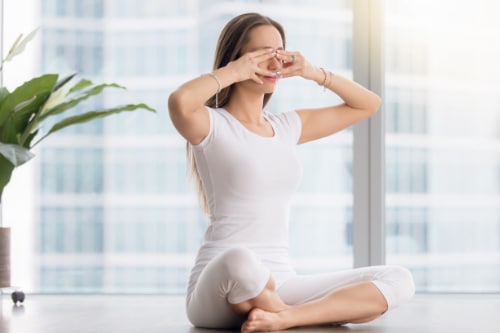
If you are looking for an instant way to de-stress, you have found your go-to breathing technique. Bhramari pranayama got its name from Bhramari, the black Indian bee. It is one of the most effective breathing techniques and helps you avoid frustration, irritation, and anxiety. The best part – you can do it anytime, anywhere.
Duration/Frequency: Repeat this asana five times
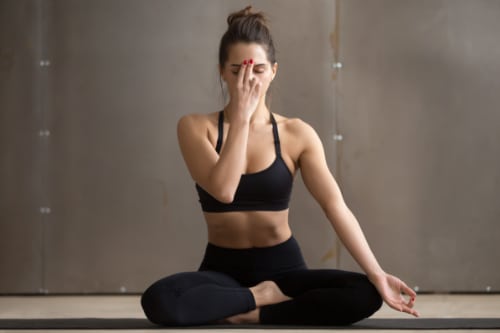
Anulom Vilom is a popular yogic breathing exercise that involves breathing in and breathing out. You need to close one nostril while breathing in and the other one while breathing out. Then you need to reverse and repeat it. This breathing technique brings many physical and mental benefits, including improved lung capacity, blood circulation, and stress reduction.
Duration/Frequency: To begin with, start slowly and gradually increase your timing
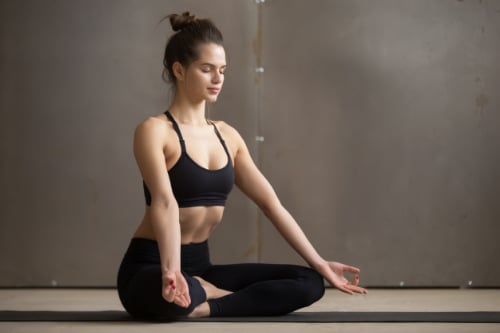
Also known as So-Hum and Hamsa, Kevali pranayama is to identify yourself with the ultimate, the universe. In light of meditation, you can break the word Sohum into two parts. ‘So’ will denote breathing-in, and ‘Hum’ will resemble the sound of breathing out. When practicing this pranayama, repeat the breathing mantra in your mind to get the best out of it.
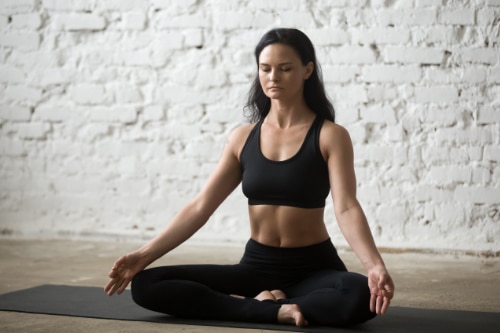
When you practice pranayama, around 80% of the toxic chemicals present in your body release with your exhales. Therefore, practicing kapalbhati detoxifies your body from within and brings a shine on your forehead, the literal meaning of kapalbhati – Kapal (forehead) and Bhati (radiate).
Duration/Frequency: 20 breaths make one round of the breathing exercise. You can practice two more rounds of the same, according to your needs.
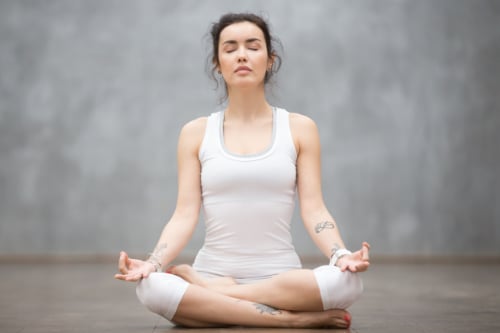
Bhastrika is a yogic breathing technique in which you need to do forceful and fast breath in and breathe out. It also involves your diaphragm’s movement, thus increasing the capacity of your lungs.
Duration/Frequency: 2 rounds are enough
Different types of yogic breath controlling techniques bring a wide range of benefits to you. However, not everyone is the same. Therefore, it is always wise to seek expert advice before getting started with any form of breathing exercise.
Breathing properly is essential during exercise. And while most of us believe that there is little to learn about a function as natural as inhaling and exhaling, when you’re working out, there’s more to keep in mind than just breathing in or out.
Proper breathing is essential for delivering oxygen to our bodies, which in turn improves performance during a workout. Pacing your breath can help you exercise longer, prevent aches and pains and also releases tension. However, since most exercises are undertaken at different speeds, here’s a look at the best breathing techniques for different workouts:
Experts recommend what’s called the 2:2 rhythm — one left step, one right while breathing in and the same breathing out. Synchronising your breath to your pace will ease pressure on the diaphragm and reduce discomfort. Breathe through the mouth or nose, whatever suits you best.
To stabilise your core, and control your moves during a hard aerobic workout, it’s imperative that your muscles receive plenty of oxygen. Breathe from your diaphragm, not your chest. When you brace for an impact, take a deep breath and brace your core.
Exhaling is the way to go while strength training, as contracting the respiratory muscles will help brace the load during heavy lifts. While bench-pressing, for instance, exhale slowly while pressing the bar, then inhale on return.
Choosing the right breathing technique is integral to executing an asana. There are two basic principles to follow – expanding movements are made on the inhalation, contracting and twisting movements are made on exhalation. No matter how difficult the pose, make sure you don’t hold your breath.
A. Well, there is nothing as such. Excluding any underlying health condition, you breathe through your nose, and the air goes to your belly while expanding your stomach and filling your lungs.
A. Yes, one of the most popular pilates breathing practices is called The 100.
A. Some possible consequences of poor breathing habits include – lack of energy, lethargy, poor focus, and sleepiness, among others.
A. With a balanced diet and 15-minutes of kapalbhati daily, you can shed around 2 to 4 kgs in one month.
A. Swami Kripalu is the person who coined the modern name Anulom Vilom.


Thanks For sharing , Breathing Exercise will help you for Lungs as well as for Living
A very helpful post in this pandemic situation that Corona has created. We all must know the right technique of healthy breathing. Thank you for sharing the post.
Can I do Kapalbhati and Anulom Vilom after my 1 hour workout? Or what is the right way to do a combination of Kapalbhati and Anilom Vilom along with workout?